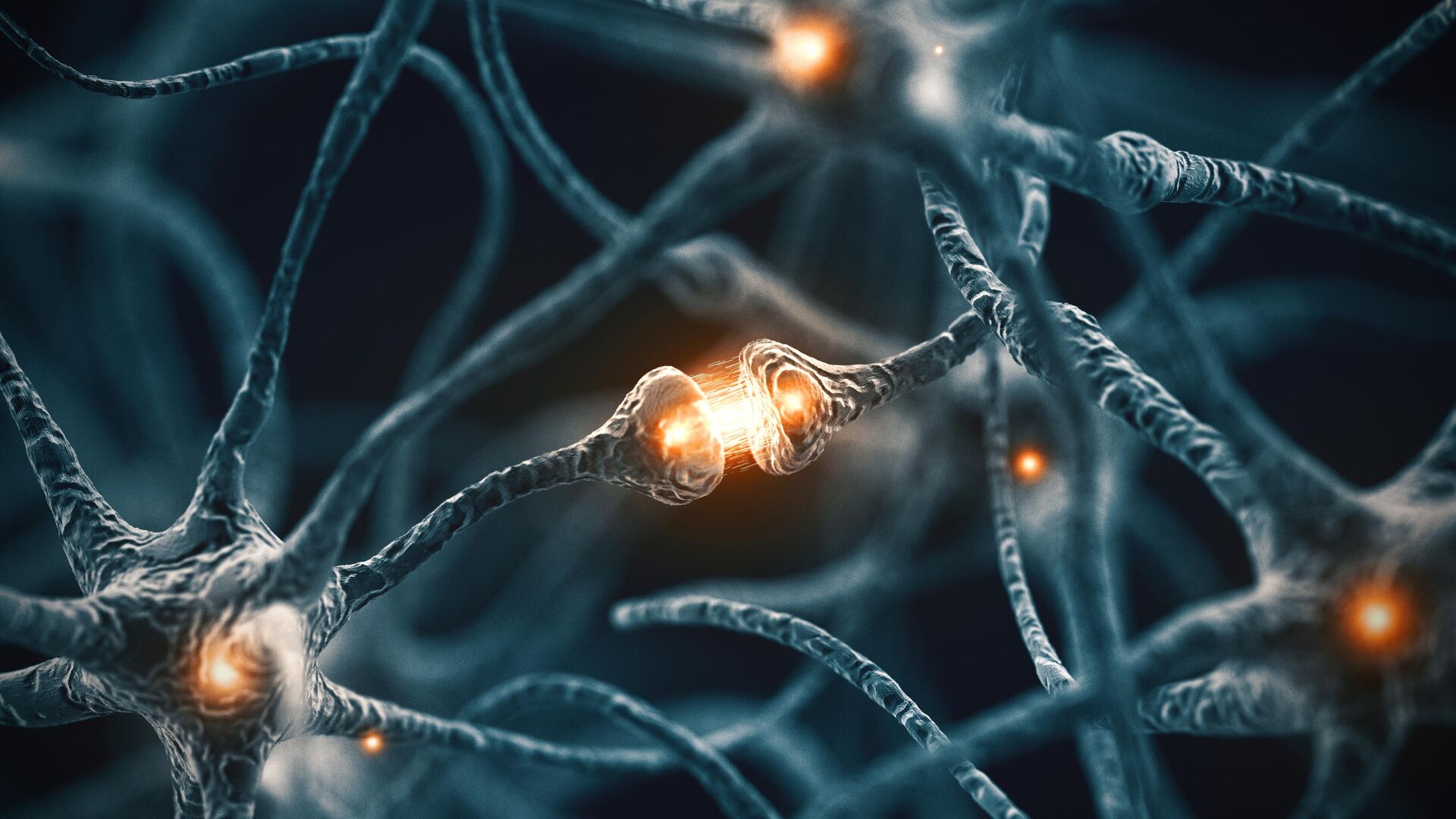
MOSCOW, April 23The reaction of the human brain to touching the skin was measured by IKBFU scientists as part of a research team. The authors of the work believe that opposite emotions from almost identical touches arise due to the fact that the signal about them is transmitted through different neural systems, and the brain processes information in different ways. According to them, the results of the experiments improve the understanding of how exactly the neural networks of the brain process information from skin receptors. These studies are presented in The European Physical Journal Special Topics.
Tactile perception is a way of understanding the world around us through direct contact with it (for example, touching objects). It helps a person or animal to assess their surroundings and control the accuracy and strength of movements.
Information about surrounding objects and surfaces enters the brain through the phenomenon of mechanoreception — the ability of a person or animal to detect and respond to mechanical stimuli (touch, changes in pressure or posture, as well as sounds). Special “sensors” receive a signal from the stimulus; it is transmitted through the nervous system to the brain, where it is processed.
Systems for perceiving and processing different types of information from receptors that cause opposite emotions from almost identical tactile influences were experimentally studied using electroencephalography of the brain by scientists from the Immanuel Kant Baltic Federal University (IKBFU) together with colleagues from the A. S. Pushkin Institute of Russian Language .
The study found that significantly different connections of the three neural networks of the brain of perception are located in the processing area responsible for memory and the emergence of emotions theta rhythms, fluctuations in which were not previously directly associated with tactile perception.
«
"Our results show that with slow, fast and ultra-light touch Significantly different functional networks emerge in the brain. This is consistent with the idea that different touch perception systems are involved in the processing of these different tactile sensations,” said Semyon Kurkin, leading researcher at the Center for Neurotechnology and Machine Learning at IKBFU.
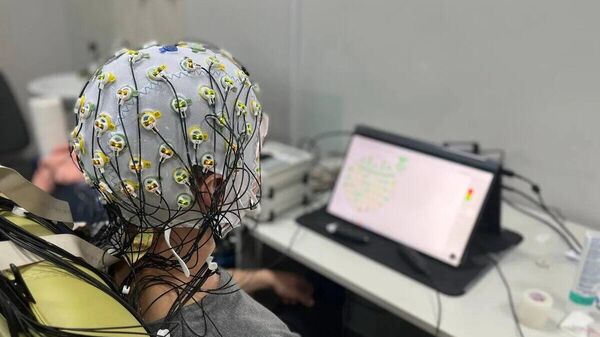
1 of 2

2 of 2
1 of 2
2 of 2
The scientist emphasized that the greatest fluctuations in theta rhythms are observed with fast touches, the smallest with slow touches, while with ultra-light touches an intermediate amplitude is observed.
According to him, this pattern may indicate that the brain prioritizes faster processing and potentially more important tactile information. This is consistent with the idea that the brain must respond quickly to certain sensory experiences, such as those associated with fast-moving parasites (arachnids and insects).
Central to tactile perception are low-threshold mechanoreceptors located throughout the skin. They respond to various forms of skin deformation and transmit information to the central nervous system using special nerve fibers that ensure rapid transmission and processing of data.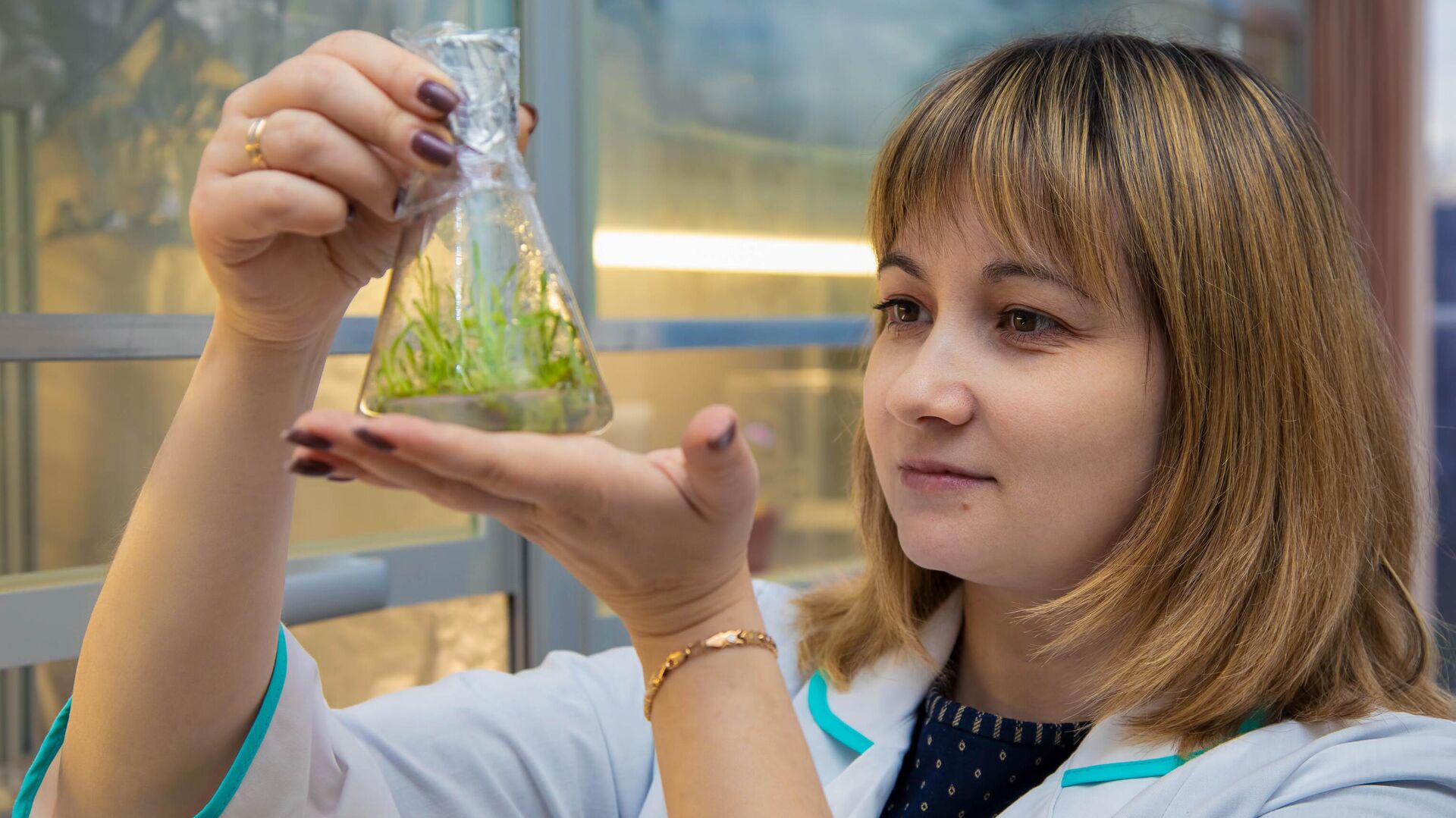
There is also a type of “sensors”, the signal from which is transmitted at a lower speed, but is also projected onto the areas of the brain responsible for the occurrence of emotions. They are collectively called the C-tactile system and respond to light touches, often associated with pleasant sensations (for example, a light wind in hot, sultry weather). The third touch perception system is knismesis, which perceives fleeting touches, on the contrary, causing anxiety, such as tickling.
«According to some researchers, the evolutionary development of knismesis in mammals is associated with the need to quickly respond to contact with insects. Our research confirms this hypothesis,” the scientist explained.
Experts believe that the results of their work open up opportunities for future research aimed at deeper understanding of the neural mechanisms underlying the body's mechanosensory systems. These data will allow us to establish the mechanism of tactile perception and sensory processing disorders in children suffering from autism spectrum disorders and help improve their social adaptation skills, which are formed with the participation of emotional sensations.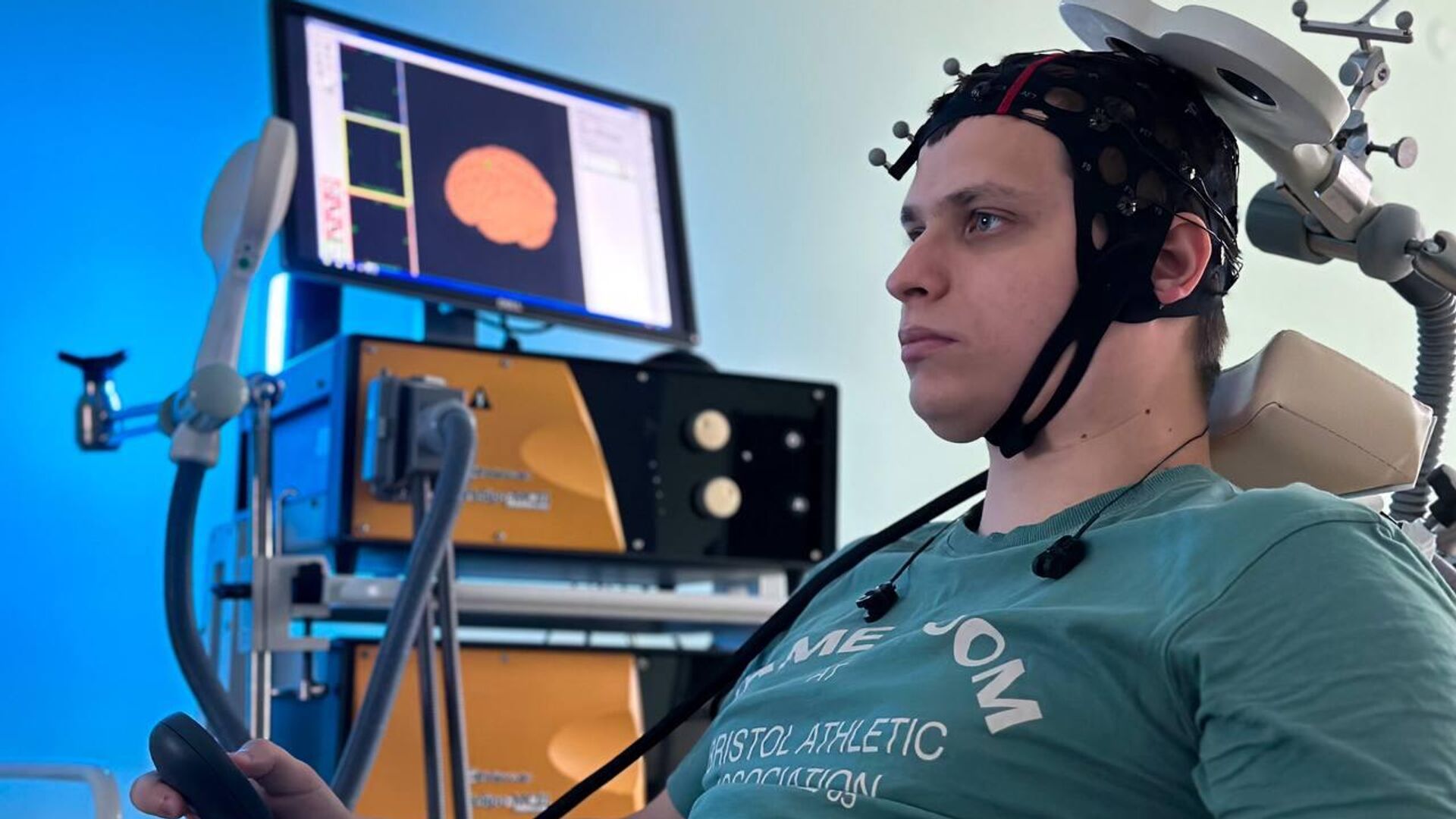
The research is being carried out by the tactile communication research laboratory within the framework of the Russian state university support program «Priority 2030» national project «Science and Universities», and also supported by the megagrant program.

















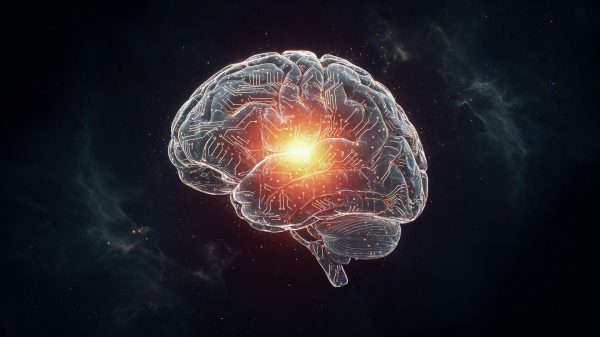





































Свежие комментарии